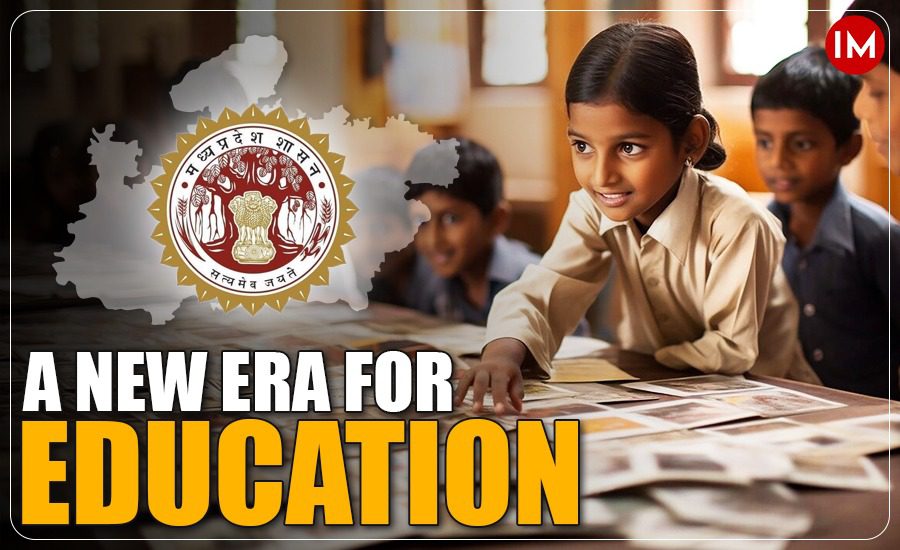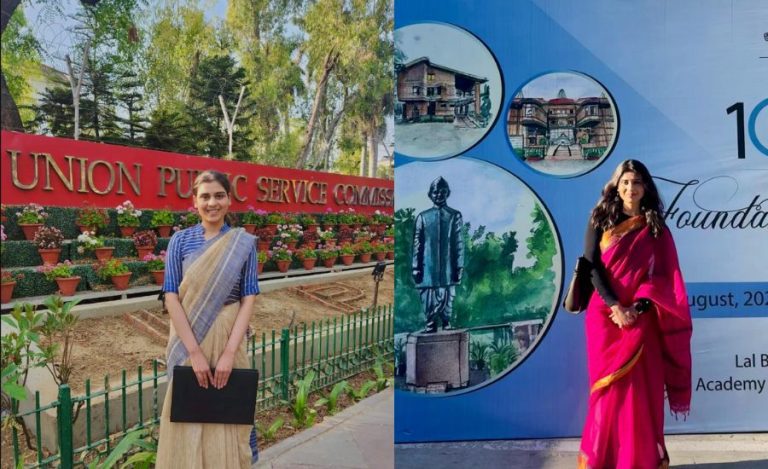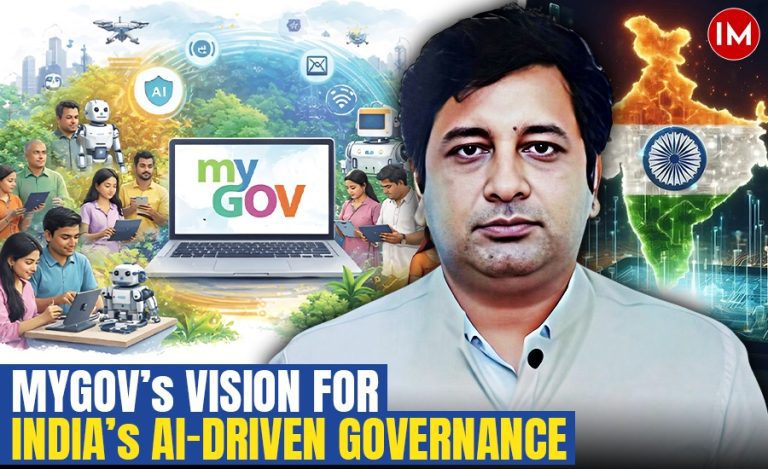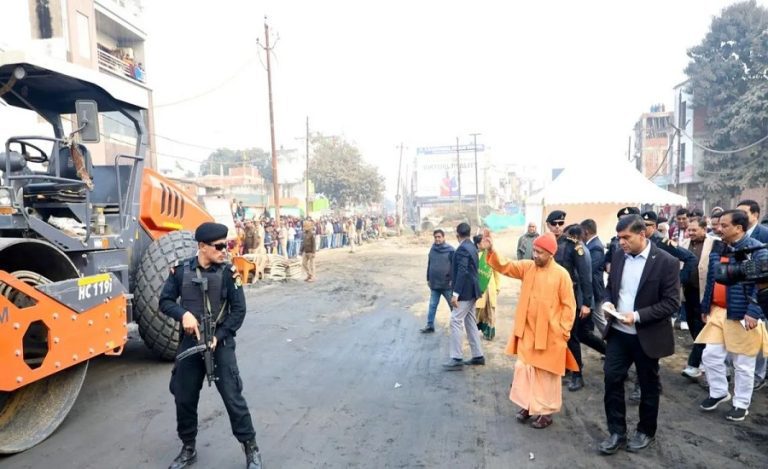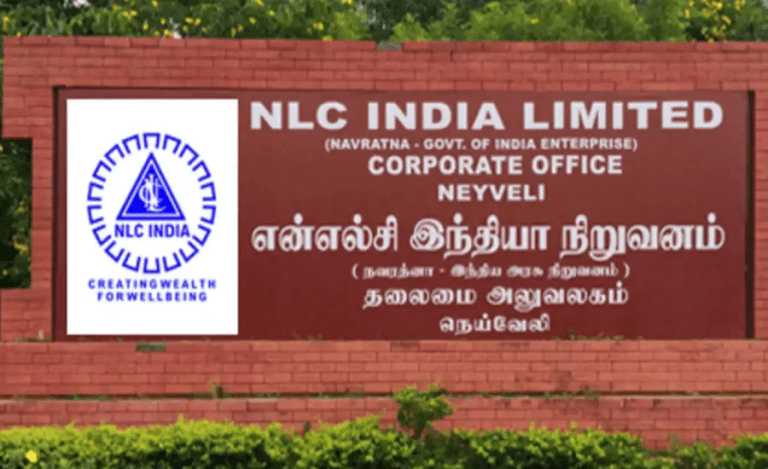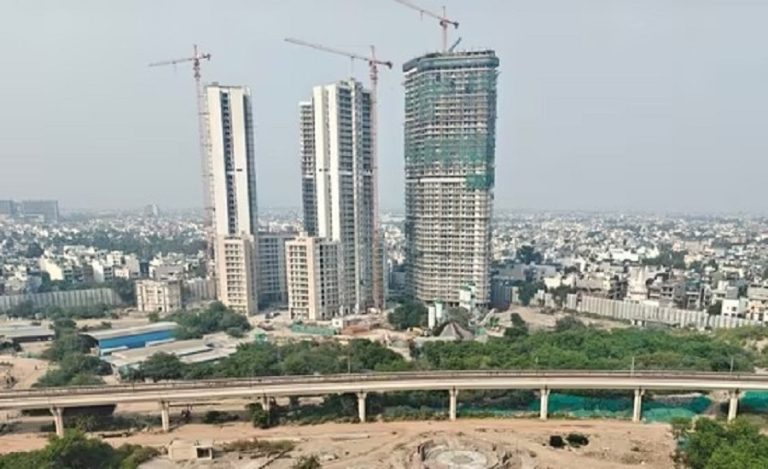The quality of education in rural India has been a persistent concern, with government schools often lagging in providing modern, quality education. In a bid to address these challenges, the state of Madhya Pradesh launched the ambitious CM Rise School Programme in collaboration with the NGO Peepul. This initiative aims to transform government schools into centers of excellence, focusing on infrastructure enhancement, improved learning outcomes, and fostering innovation in education.
The CM Rise initiative represents a bold and pioneering approach to educational reform, showcasing how public-private partnerships can drive large-scale improvements. Let’s explore how this program is shaping the future of education in Madhya Pradesh and potentially serving as a model for other states.
THE BIRTH OF CM RISE SCHOOL
In June 2021, the Government of Madhya Pradesh introduced the CM Rise Schools initiative, a transformative plan to upgrade approximately 9,200 schools across the state’s 55 districts. With an investment of over Rs 10,000 crore, the initiative aims to turn these schools into centers of educational excellence by addressing key challenges like low enrollment, poor attendance, and subpar learning outcomes.
The CM Rise Schools initiative builds on the lessons of previous government education schemes such as Sarva Shiksha Abhiyan and the Right to Education Act, but takes these efforts a step further by providing a more comprehensive approach. The goal is not just to improve infrastructure but to foster a sustainable education system that meets the needs of both students and educators.
HOLISTIC SUPPORT
The NGO Peepul plays a crucial role in the CM Rise initiative by bringing its expertise in creating scalable interventions to improve the school ecosystem. Peepul’s mission extends beyond infrastructure improvements; the organization is dedicated to enhancing teaching quality, developing leadership skills among educators, and ensuring that schools are held accountable for their students’ success.
KEY PILLARS OF THE PROGRAMME
1. Infrastructure Development and Resources
One of the first challenges addressed by the CM Rise Schools initiative was the lack of adequate infrastructure in rural government schools. These schools, which serve students from classes I to XII, have been equipped with modern facilities, including transportation services, to ensure that students from even the remotest areas can access quality education.
2. Teacher Training and Capacity Building
The success of any educational reform depends largely on the quality of teaching. Recognizing this, the CM Rise initiative places a strong emphasis on teacher training and leadership development. In collaboration with Peepul, the Samagra Leadership Development Unit (ASMDU) was established to provide professional training to over 2,500 school leaders across 27 districts in just one year. This training focuses on enhancing the skills of head teachers and school leaders, empowering them to create a better learning environment for students.
3. Monitoring and Accountability
A robust monitoring system has been put in place to ensure the effectiveness of the program. Regular reviews, data-driven assessments, and collaboration with academic officers help track the progress of each school, allowing for timely interventions and ensuring that schools maintain high academic standards.
4. Recognition and Reward for Excellence
To motivate educators and sustain the momentum of success, the program introduced the Prerna-Awards, which recognizes teachers who demonstrate exceptional teaching practices. This recognition boosts morale and fosters a culture of excellence, encouraging teachers to continue improving their skills and methods.
The success of the CM Rise Schools initiative is driven by strong leadership at multiple levels. Key figures such as Sanjay Goel, Secretary of School Education, and Shilpa Gupta, Commissioner of Public Instruction, have played critical roles in ensuring that the program is executed effectively and scaled efficiently.
ALIGNING WITH NEP 2020
The CM Rise Schools program is closely aligned with the objectives of the National Education Policy 2020, which calls for a holistic approach to education that focuses on developing critical thinking, creativity, and overall student development. By promoting innovation, strengthening school governance, and integrating technology, CM Rise Schools are well-positioned to meet the NEP’s goals and contribute to the future of education in India.
Despite the program’s significant strides, there are still challenges that need to be addressed, including teacher shortages, infrastructure gaps in rural areas, and the logistical complexities of scaling such a large initiative.
A MODEL FOR FUTURE EDUCATION REFORM
The CM Rise Schools initiative is more than just an educational reform project—it is a visionary model for what government schools in India can achieve. By focusing on infrastructure, innovation, leadership, and accountability, the program is transforming schools into centers of excellence and setting a precedent for other states to follow.
As the program continues to expand, it offers a roadmap for how public-private partnerships can drive meaningful and lasting change in India’s education system. The success of the CM Rise Schools initiative could pave the way for similar reforms across the country, ultimately contributing to the goal of providing quality education for every child in India.

